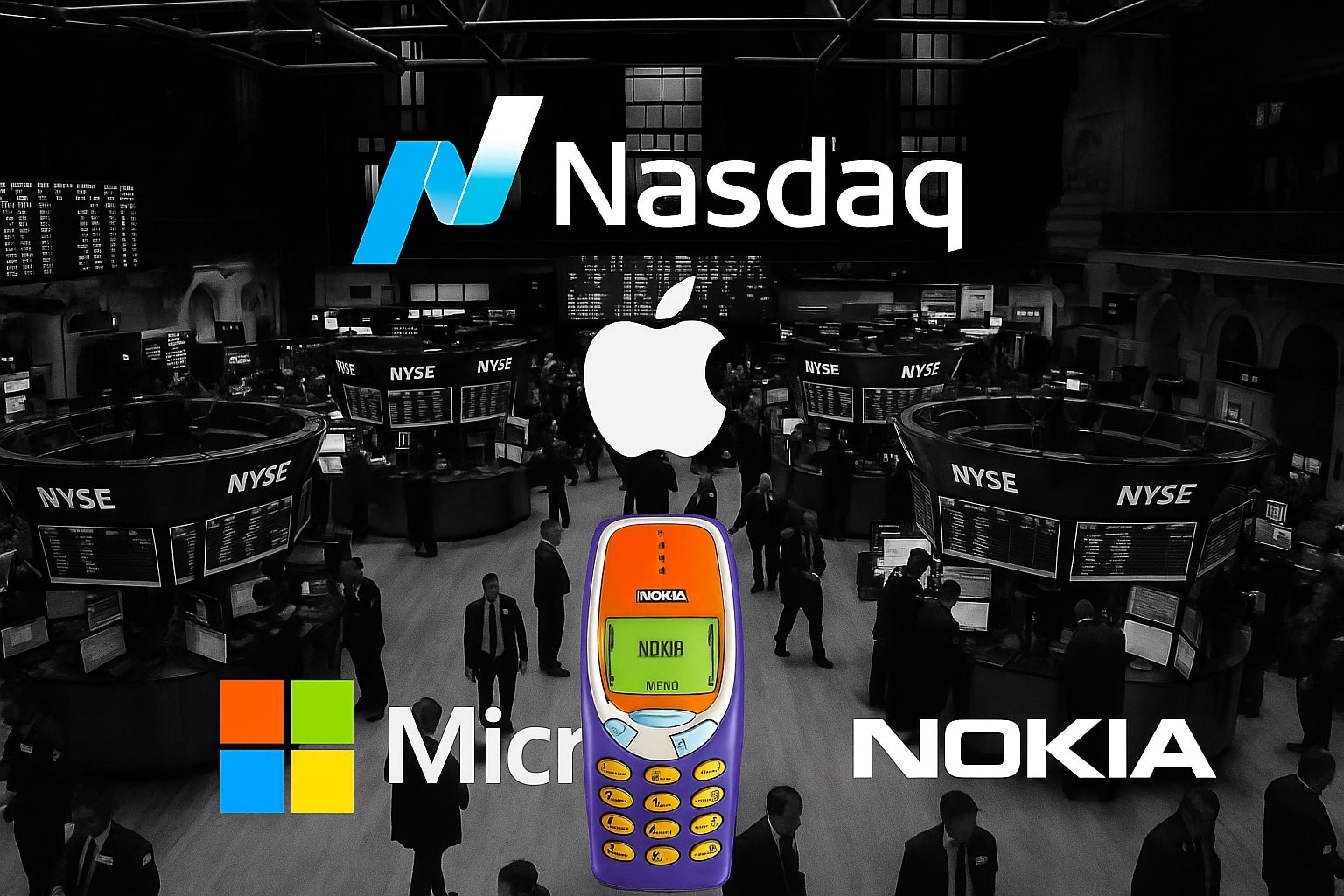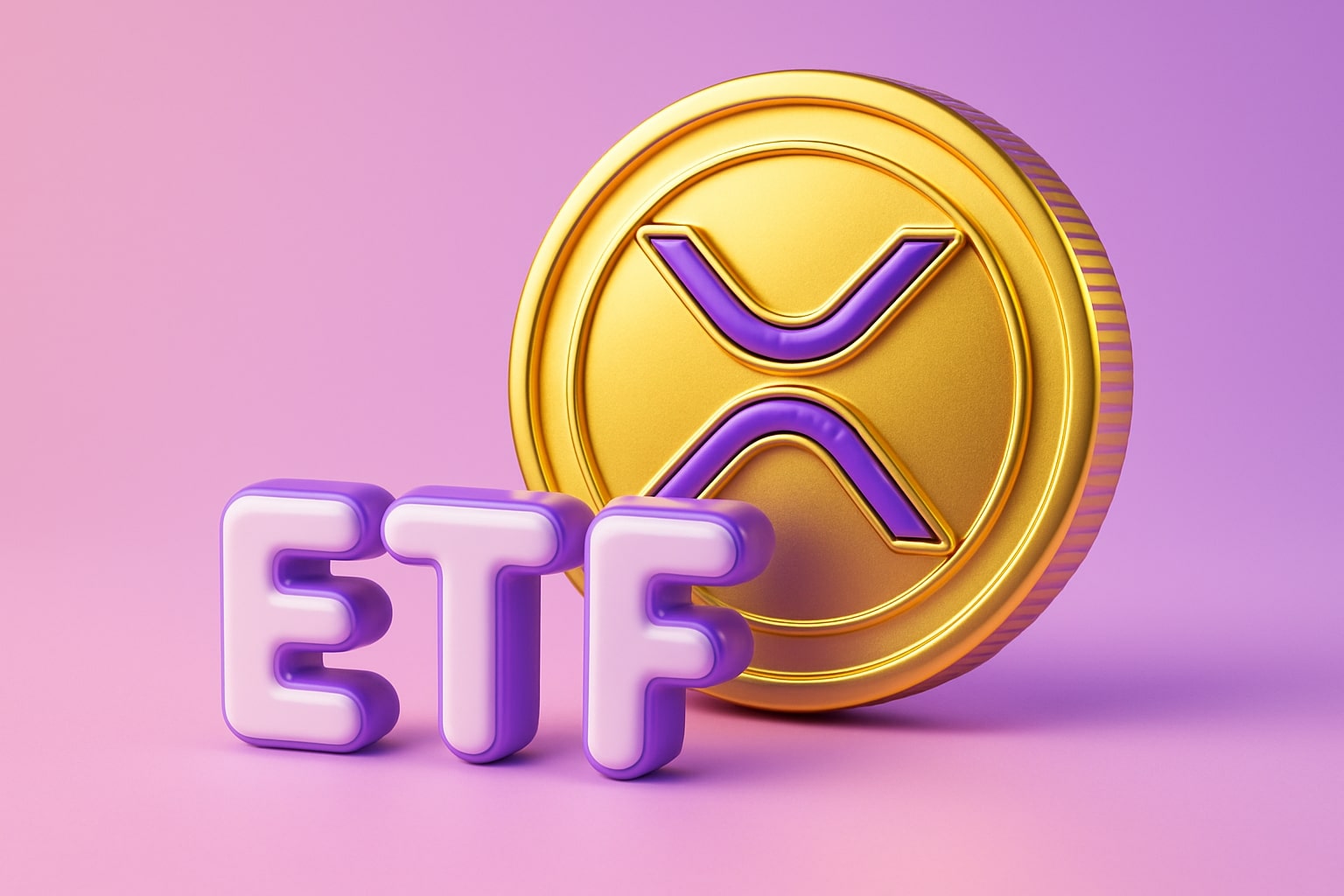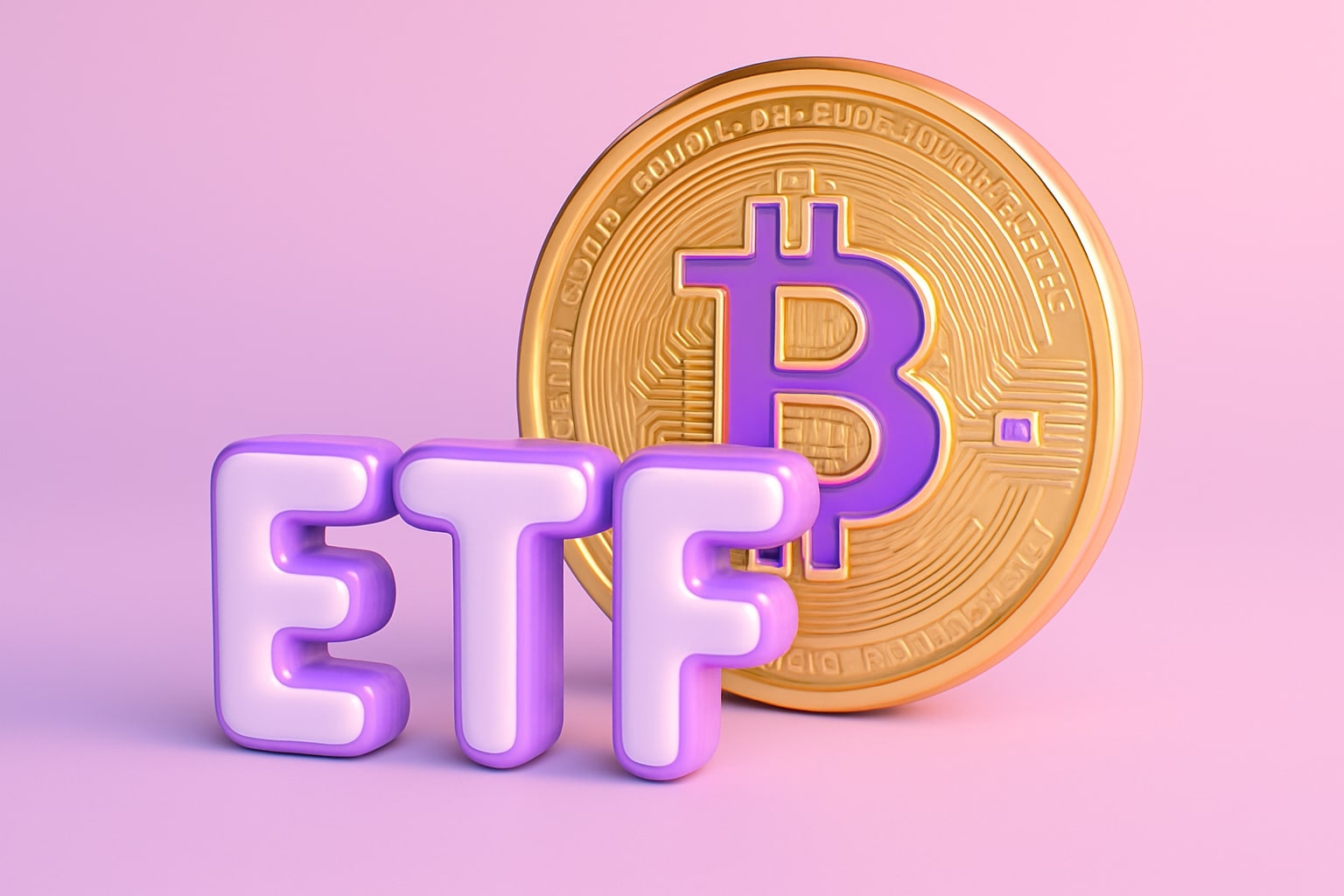UPS Rebounds As Efficiency Plan Yields Results
Shares of United Parcel Service (NYSE:UPS) jumped 7.12% to $95.57, as Q3 results showcased a successful operational turnaround. UPS reported adjusted EPS of $1.74 on $21.4 billion in revenue, surpassing analyst forecasts of $1.31 and $20.83 billion, respectively. The company revealed it had cut 34,000 jobs—far exceeding its initial 20,000 target—and closed 93 facilities, driving substantial cost savings.
CEO Carol Tomé noted UPS is now positioned for its “most efficient holiday shipping season in company history.” The company guided for Q4 revenue of $24 billion, slightly above consensus, signaling a rebound in both international and e-commerce demand. After falling nearly 30% earlier in the year, the recent surge shows investors are regaining confidence in UPS’s long-term transformation plan.
UnitedHealth Lifts Guidance Following Strong Earnings Beat
Healthcare leader UnitedHealth Group (NYSE:UNH) posted strong Q3 results with adjusted EPS of $2.92, beating expectations of $2.74, and revenue of $113.16 billion, in line with projections. The company raised its full-year EPS outlook to at least $14.90, with adjusted EPS guidance lifted to $16.25, up from $16.00 previously.
CEO Stephen Hemsley highlighted strong execution in both the Optum health services and insurance segments, despite persistent regulatory and reimbursement pressures. Shares fluctuated between gains and losses, ending near flat, though UnitedHealth remains a defensive core holding amid a shifting healthcare policy landscape.
Wayfair And Cameco Lead Market Outperformers
Wayfair (NASDAQ:W) surged 22.33% to $105.75 after delivering adjusted EPS of $0.70, far above the $0.43 consensus, on $3.12 billion in revenue. Management credited internal efficiency gains, supply chain optimization, and market share expansion for the beat. CFO Kate Gulliver stated the company’s growth was “not tied to macro tailwinds but internal execution.”
Meanwhile, Cameco Corp (NYSE:CCJ) rocketed 22.03% to $105.70 after inking an $80 billion U.S. nuclear reactor development deal with Westinghouse Electric and Brookfield Asset Management (NYSE:BAM). This marks one of the largest public-private energy infrastructure agreements in U.S. history, signaling a new era of nuclear investment as the nation seeks clean, reliable power solutions.
Federal Reserve Rate Decision In Focus As Yields Stabilize
With the Federal Reserve’s two-day meeting underway, markets largely expect a second 25-basis-point rate cut this year, potentially reducing the benchmark range to 3.75–4%. The 10-year Treasury yield remained steady near 3.979%, reflecting investor confidence that monetary easing will continue through December.
The U.S. Dollar Index (DXY) dipped slightly to 98.67, while analysts anticipate that Chair Jerome Powell may leave the door open for an additional cut in early 2026 if the labor market softens further. Futures traders are pricing between one and three rate cuts in the first half of next year, depending on inflation data and wage trends.
Gold Retreats Below $4,000 As Risk Appetite Strengthens
Gold (XAU/USD) extended its slide, dropping 0.97% to $3,980.50 per ounce—its first close below the key $4,000 level since early October. The metal has now declined 10% from its record $4,359.40 high on October 20 as easing trade tensions and strong equity markets diminished safe-haven demand.
Despite this correction, gold remains 50% higher year-to-date, supported by central bank buying and long-term inflation concerns. However, the short-term technical outlook has turned neutral to bearish, with the RSI breaking below the neutral 50 mark and prices crossing under the 38.2% Fibonacci retracement level from the August-to-October rally.
Oil Prices Drop While Bitcoin Stays Resilient
Energy markets softened, with West Texas Intermediate (CL=F) crude falling 2.15% to $59.99 per barrel and Brent crude (BZ=F) following closely behind. The decline reflects easing geopolitical risk premiums and rising optimism over trade normalization.
In digital assets, Bitcoin (BTC-USD) rebounded 1.4% to $115,200, up from an intraday low of $113,600, maintaining its bullish structure amid expanding institutional inflows and speculation around tokenization ETFs. Despite volatility, Bitcoin remains a hedge against monetary easing and currency debasement as the Fed moves toward rate cuts.
Economic Data Mixed As Labor Market Remains Key Watchpoint
The Conference Board’s Consumer Confidence Index fell slightly to 94.6 from 95.6, marking the weakest level since April. Still, the reading exceeded forecasts of 94.2, showing resilience despite tariff-related pressures. Meanwhile, ADP’s private payroll data showed an average of 14,250 new jobs per week over the past month, reversing September’s contraction.
Analysts interpret these mixed signals as confirmation that the U.S. economy remains in a “soft-landing” phase, where inflation cools without triggering widespread unemployment. This combination continues to justify the Fed’s measured rate-cut approach.
Trade Optimism And Global Investment Lift Sentiment
Geopolitical developments added fuel to the rally as President Donald Trump confirmed a meeting with China’s President Xi Jinping scheduled for Thursday. Both leaders are expected to announce a preliminary trade framework covering rare earth mineral exports, soybean purchases, and TikTok’s U.S. operations.
In parallel, Japan unveiled a $550 billion U.S. investment initiative, with Toyota (NYSE:TM) committing $10 billion toward new U.S. manufacturing capacity. Additional funding will target energy, AI, and nuclear technology sectors, signaling stronger trans-Pacific cooperation.
Market Outlook And Strategic Verdict
With over one-third of S&P 500 companies reporting earnings and 83% beating expectations, the market’s fundamental strength remains undeniable. The ninth consecutive quarter of aggregate earnings growth highlights corporate resilience despite tariffs, inflation, and currency fluctuations.
The leadership from MSFT, AAPL, PYPL, and UPS underscores the structural dominance of U.S. innovation and efficiency-focused restructuring. AI integration, nuclear infrastructure investment, and steady monetary policy all point to continued equity strength into year-end.
Verdict: The outlook remains bullish for U.S. equities. Large-cap technology, industrial logistics, and AI infrastructure are clear outperformers. While overvaluation risks exist, institutional flows favor further upside in Q4. Gold and small-cap weakness serve as early caution signals, but the broader market narrative supports a Buy stance across major U.S. indices with selective exposure to AI, logistics, and digital payments sectors.



















